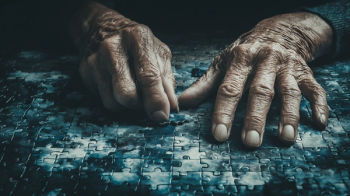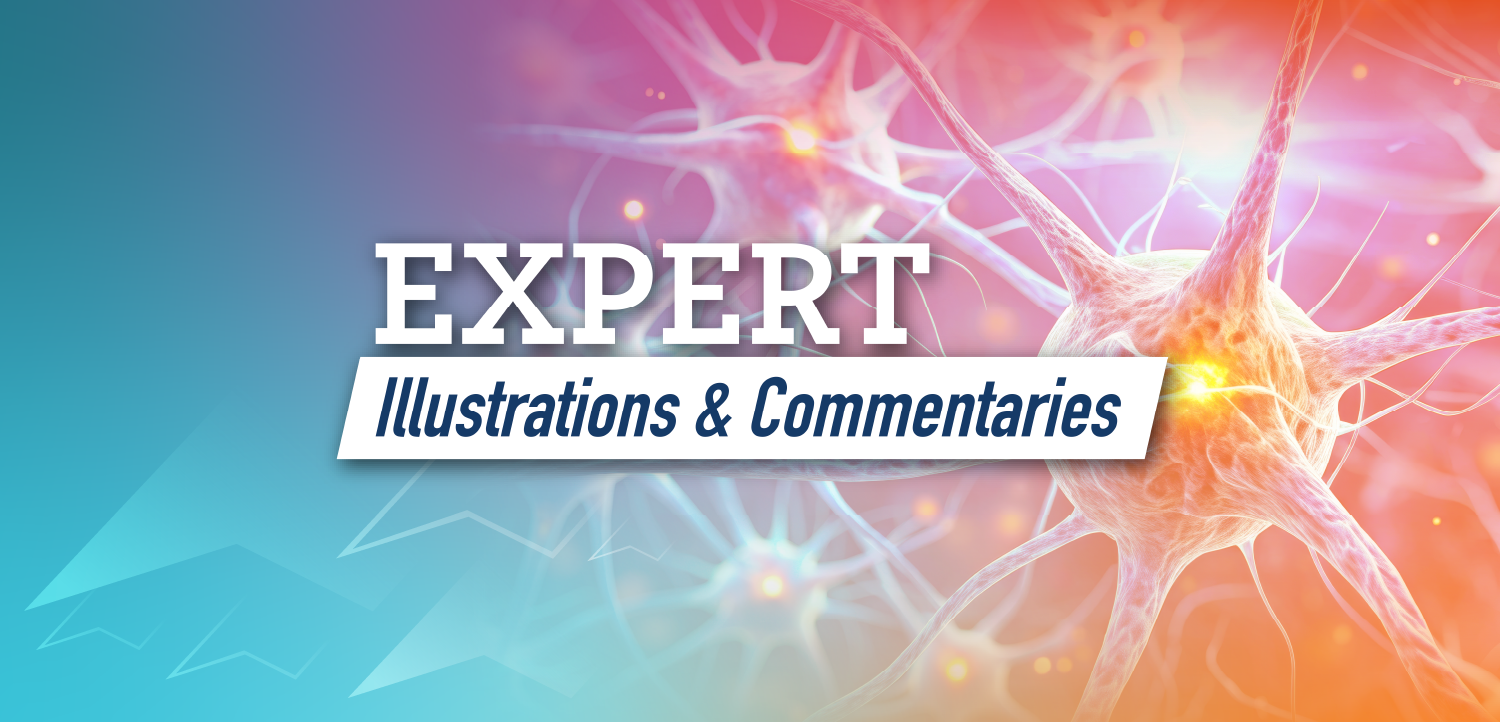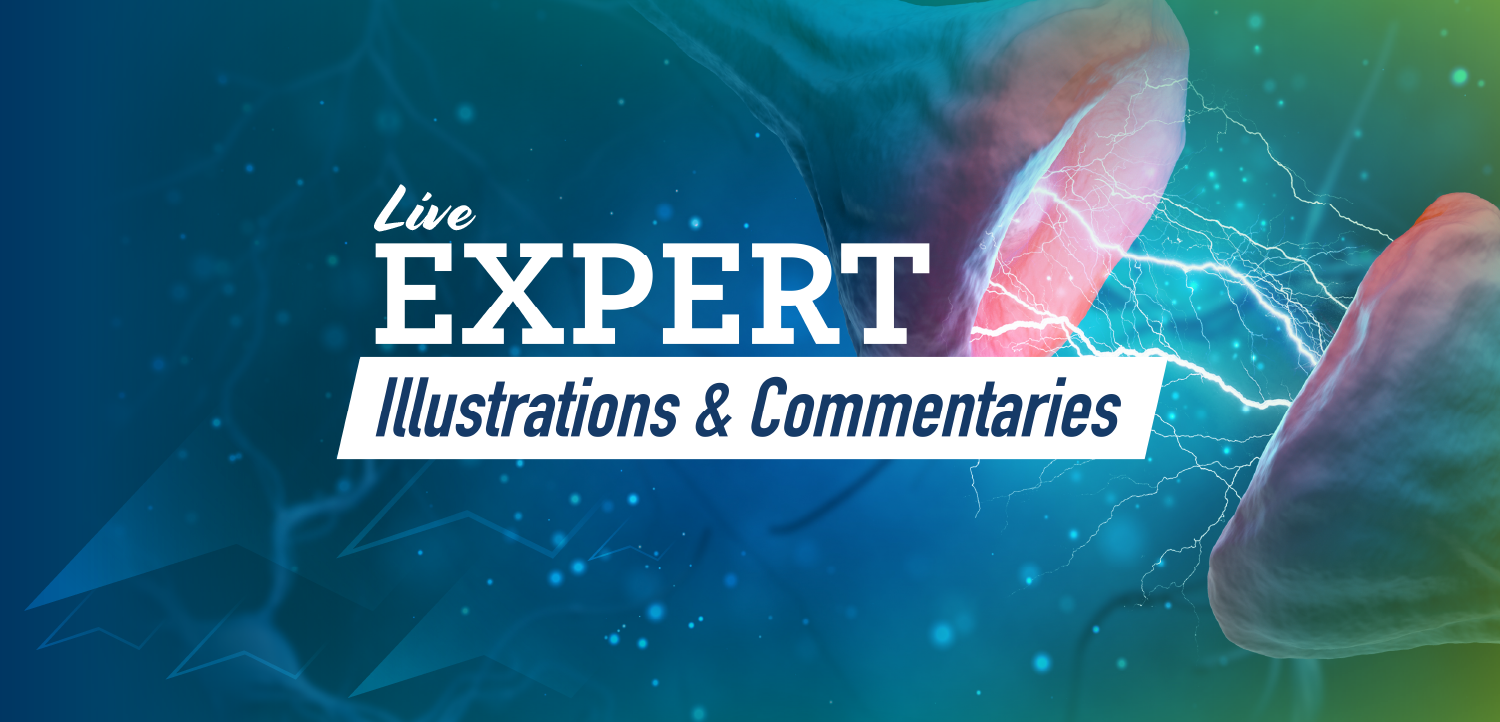
- Vol 42, Issue 8
Optimizing Narcolepsy Management: A Clinical Update
Key Takeaways
- Narcolepsy diagnosis is often delayed due to limited specialist access and overlapping psychiatric symptoms, necessitating high clinical suspicion and comprehensive evaluation.
- Personalized treatment involves shared decision-making, considering patient preferences and comorbidities, with frameworks like the FIFE model aiding in goal setting.
Explore effective strategies for managing narcolepsy, including personalized treatment plans, medication options, and lifestyle interventions for improved patient outcomes.
Narcolepsy is a chronic, disabling neurologic disorder marked by excessive daytime sleepiness (EDS), disrupted nighttime sleep, cataplexy, sleep paralysis, and hypnagogic hallucinations. As treatment options expand, clinicians must adopt a comprehensive, personalized approach to optimize patient care.
In a recent Psychiatric Times Case-Based Psych Perspectives program titled “Optimizing Narcolepsy Management in Adult Patients,” Nishi Bhopal, MD, a psychiatrist and founder of Pacific Integrative Psychiatry in San Francisco, California; and Ellen Wermter, FNP, a board-certified family nurse practitioner at Restorative Sleep Medicine in Charlottesville, Virginia, presented clinical cases and treatment strategies with an emphasis on collaborative care. Their dialogue offers critical guidance for mental health professionals, who are often the first point of contact for undiagnosed or misdiagnosed patients.
Diagnostic Landscape and Challenges
Narcolepsy is underdiagnosed, with an average delay to diagnosis exceeding 10 years. This delay stems from limited access to sleep specialists, overlapping psychiatric presentations (particularly depression), and low public and clinician awareness. Accurate diagnosis relies on clinical history, polysomnography, and the multiple sleep latency test, along with cerebrospinal fluid hypocretin levels in certain cases.
Mental health clinicians must maintain high suspicion when treating patients with persistent fatigue, poor concentration, and mood disorders that do not respond to standard psychiatric interventions. It is critical to recognize the full syndrome of narcolepsy symptoms to guide appropriate sleep testing and referral.
Case-Based Approach to Personalized Treatment
Two clinical cases highlighted the importance of individualized management.
Case 1: A 32-year-old man with EDS and cataplexy (4-5 episodes per week) met criteria for narcolepsy type 1. His treatment preferences included avoiding stimulants or controlled substances due to a family history of substance use. Laboratory studies confirmed low hypocretin levels and objective signs of rapid eye movement (REM) intrusions.
Case 2: A 26-year-old woman with narcolepsy type 2 (EDS, sleep paralysis, and hallucinations without cataplexy) reported insufficient relief with modafinil and requested improved alertness and daily function. Her case was complicated by iron deficiency anemia (ferritin = 26 ng/mL) and migraine.
In both cases, the clinicians emphasized the value of shared decision-making and aligning treatment with patient values, preferences, and comorbidities. The use of structured frameworks such as the FIFE model (feelings, ideas, functioning, expectations; Figure) was recommended to elicit patient goals.
Medication Overview and Considerations
The treatment landscape has expanded significantly in the past 5 years, offering multiple options across several pharmacologic classes:
- Pitolisant (Wakix): A histamine-3 receptor inverse agonist, approved for EDS and cataplexy. Notably, it is a nonscheduled medication, making it particularly suitable for patients concerned about controlled substances. Pitolisant requires QTc monitoring due to cardiac risks and takes time to titrate.
- Solriamfetol (Sunosi): A dopamine/norepinephrine reuptake inhibitor approved for EDS, offering extended wakefulness (up to 9 hours) with a relatively smooth pharmacodynamic profile. It lacks significant hormonal contraception interaction, an advantage for patients of reproductive age.
- Oxybate therapies (eg, low-sodium oxybate/Xywav): Provide benefits across the symptom spectrum, such as EDS, cataplexy, and fragmented sleep. These medications act through γ-aminobutyric acid modulation and are delivered through a Risk Evaluation and Mitigation Strategy program due to safety and abuse potential. Clinicians must guide patients through onboarding, safety monitoring, and adverse effect management.
Many patients require multimodal therapy, combining agents targeting distinct neurotransmitter systems. For example, combining pitolisant for daytime symptoms and oxybate therapy at night may improve both REM stability and alertness.
“When I first started in sleep medicine about 8 years ago, there were only a few medications that were FDA approved for the treatment of narcolepsy. But in the last 5 years, we have seen an addition of several new medications,” said Wermter. “Now there are many more choices for patients with narcolepsy to be able to find the treatment that they need. It is wonderful to see how the landscape is improving because we have so many tools available to us.”
Behavioral and Lifestyle Interventions
Pharmacologic therapy alone is insufficient. Nonpharmacologic strategies, often overseen by psychiatrists and therapists, are essential to stabilizing circadian rhythms and reducing symptom burden:
- Scheduled naps: Strategically placed 15- to 30-minute naps improve daytime functioning. Some patients are nonresponders; clinicians must personalize nap length and timing.
- Dietary counseling: Given the elevated metabolic risk in narcolepsy, whole-food diets with low glycemic variability are preferred. Emerging evidence suggests ketogenic diets may be helpful, mirroring approaches in epilepsy.
- Light therapy and sleep hygiene: Bright morning light, consistent wake times, and reduced evening stimulation are central to circadian stabilization.
- Cognitive behavioral therapy for hypersomnia: A promising structured intervention, now available through specialized programs, offers psychosocial support for patients often stigmatized or misunderstood.
Psychiatrists are particularly positioned to support the emotional toll of living with narcolepsy and to identify comorbid conditions—most notably depression and anxiety, which occur at higher rates in this population.
Monitoring, Adherence, and Long-Term Care
Monitoring response to treatment includes regular assessment using tools like the Epworth Sleepiness Scale but should extend to qualitative reports of alertness, focus, and emotional well-being. Patients may experience decreased efficacy due to external stressors, sleep schedule disruptions, or evolving life demands.
Adherence challenges include the following:
- Forgetfulness and sleep inertia (alleviated by habit stacking, pillboxes, and alarms)
- Cost and access issues, especially during insurance transitions
- Psychosocial concerns (stigma, desire to feel “normal,” medication fatigue)
Mental health clinicians can support adherence through behavioral coaching, motivational interviewing, and engaging caregivers. Importantly, patients should be reminded that narcolepsy is a lifelong neurologic disorder, requiring long-term support and medication.
Workplace and Disability Considerations
Workplace accommodations under the Americans with Disabilities Act should be discussed. Flexible start times, scheduled breaks, remote work options, and protected nap times can significantly improve function and job retention.
Clinicians may assist with disability documentation, testing accommodations, and educational supports for students with narcolepsy.
Articles in this issue
4 months ago
The CellistNewsletter
Receive trusted psychiatric news, expert analysis, and clinical insights — subscribe today to support your practice and your patients.

















